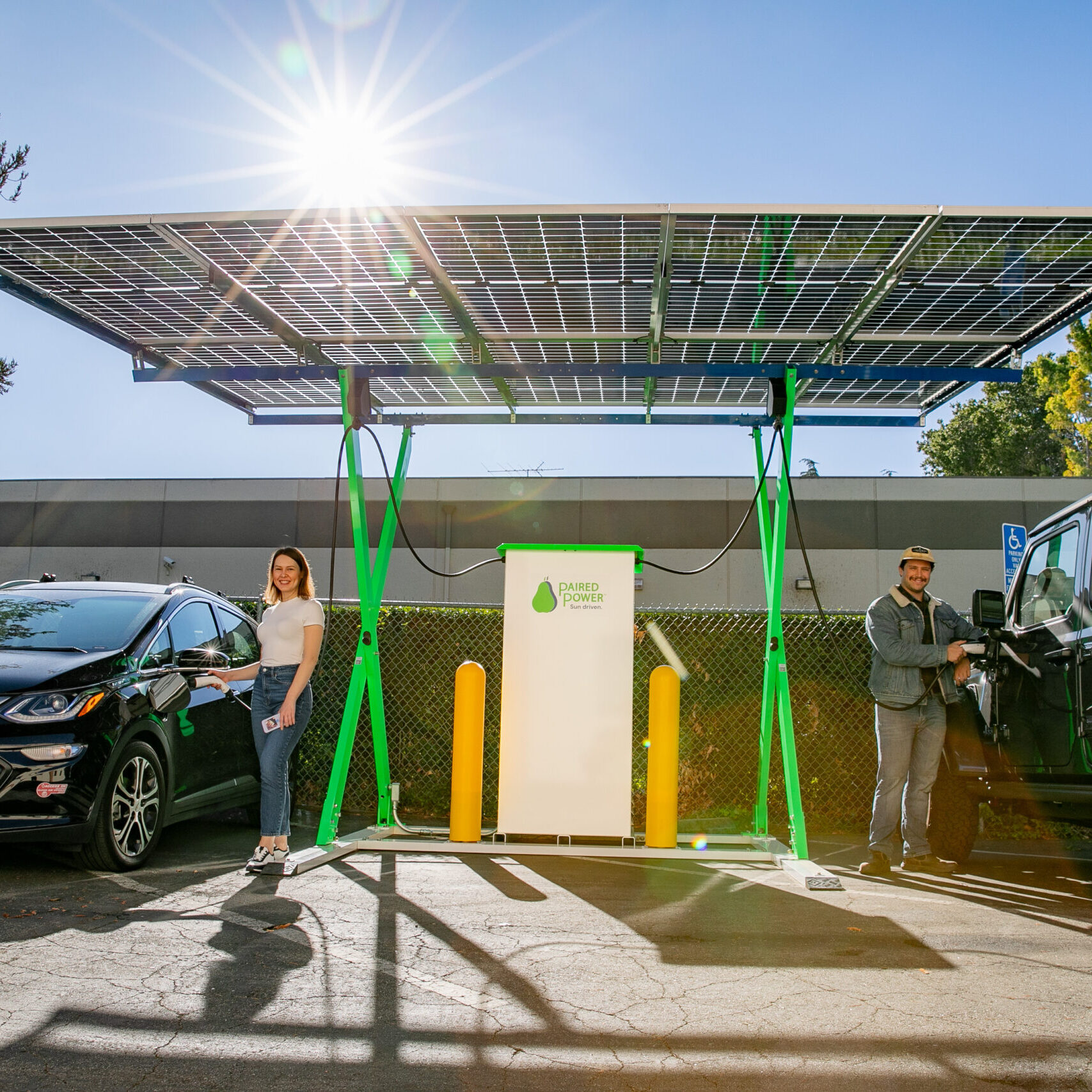Media
How do On-farm Energies make farms more sustainable?
Most modern farms require a stable energy supply to perform their day-to-day operations and run profitably.

Most modern farms require a stable energy supply to perform their day-to-day operations and run profitably. With increasing rates of technological innovation and mechanisation in agriculture, the demand for electricity has also continued to grow in this industry and this growth has caused considerable strain on the outdated grid infrastructure, causing the supply to become consistently more unreliable and expensive.

The consumption of energy on a farm also significantly contributes to greenhouse gas (GHG) emissions, whether through indirect (use of electricity from coal-fired power plants, production of feed and fertiliser, etc), or direct (diesel engines, animal production, soil/waste management, etc) sources. While the energy consumption profiles and trends vary vastly across different farming sectors, electricity is one of the few input costs that can be controlled today and there are significant opportunities to reduce this portion of energy-related GHG emissions.
While many farmers are looking at transitioning to a cleaner renewable source of power, the majority are still reliant on power from the grid with very few unable to successfully switch over due to the high costs and long payback periods associated with typical currently available systems.

This is where PHNXX comes in.
PHNXX has developed a modular micro-grid system (MMS) powered by renewable energy. A micro-grid is a small free-standing power network connected to the leading network but can also function independently. In the MMS, power is supplied through solar and wind modules, which harness the energy from the sun and wind, and are stored in a battery for on-demand consumption – this system can be supplemented by the grid or work as an independent islanded micro-grid.
In today’s ever-evolving energy landscape, it is challenging to plan for, and commit to an investment in fixed energy assets. To meet these perpetually changing power demands, a design philosophy that revolves around modularity and flexibility has been adopted in the development of the MMS components. The system has been meticulously crafted to minimise onsite labour, installation times, and overall cost. When fully installed, a modular system can be 30% more cost-effective than an equivalent fixed system.

The interconnected IIoT can also help enhance renewable energy production and optimise the energy usage on farms by determining the most suitable system configuration based on the farm's profile, and continuously monitoring, diagnosing and analysing energy production and usage data to maximise the efficiency and minimise wastage, thereby further reducing the cost and GHG emissions associated with electricity consumed from the grid.
The modularity of the MMS provides the system with an ability to add on and remove modules and scale as needed when needed, so can effortlessly be adopted into both small-scale and large-scale farms. This also allows farms with seasonal power usage to better utilise their energy investments by growing and shrinking a system to suit the varying energy needs throughout the year.
With the MMS, PHNXX aims to help facilitate the energy transition of Australian farms to a cleaner, more cost-effective, and reliable future.
Learn more about how our micro-grid system can work for your farm.


